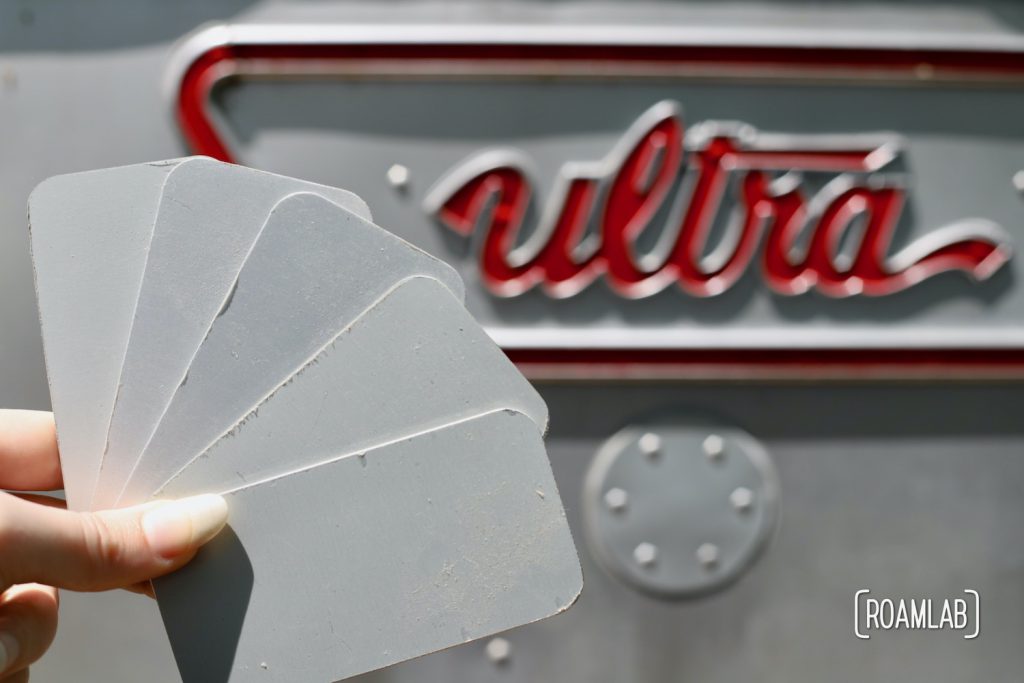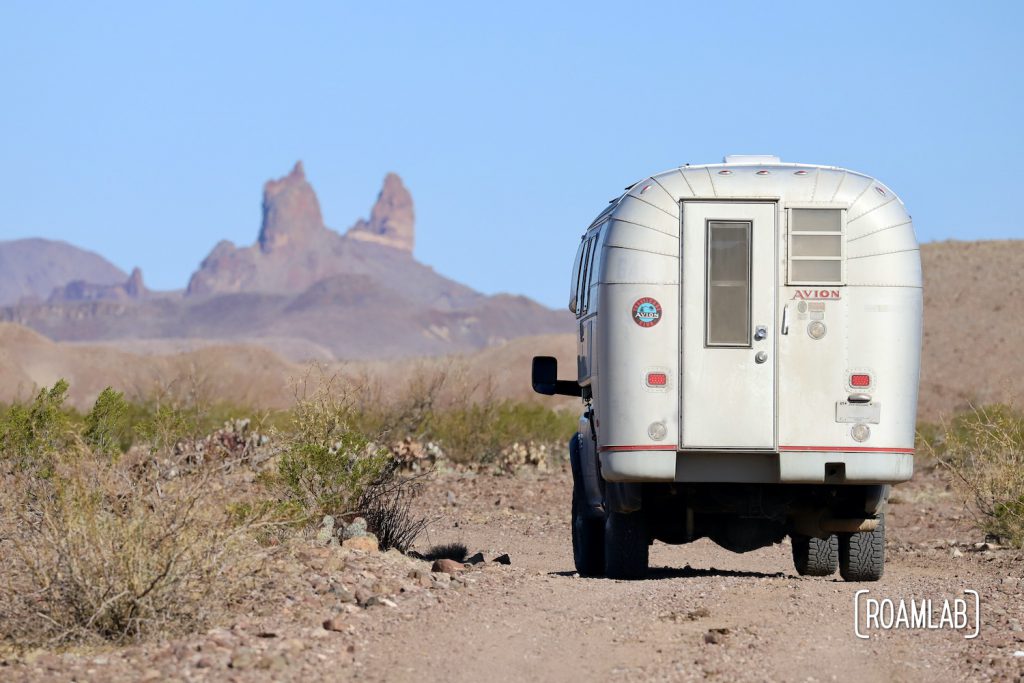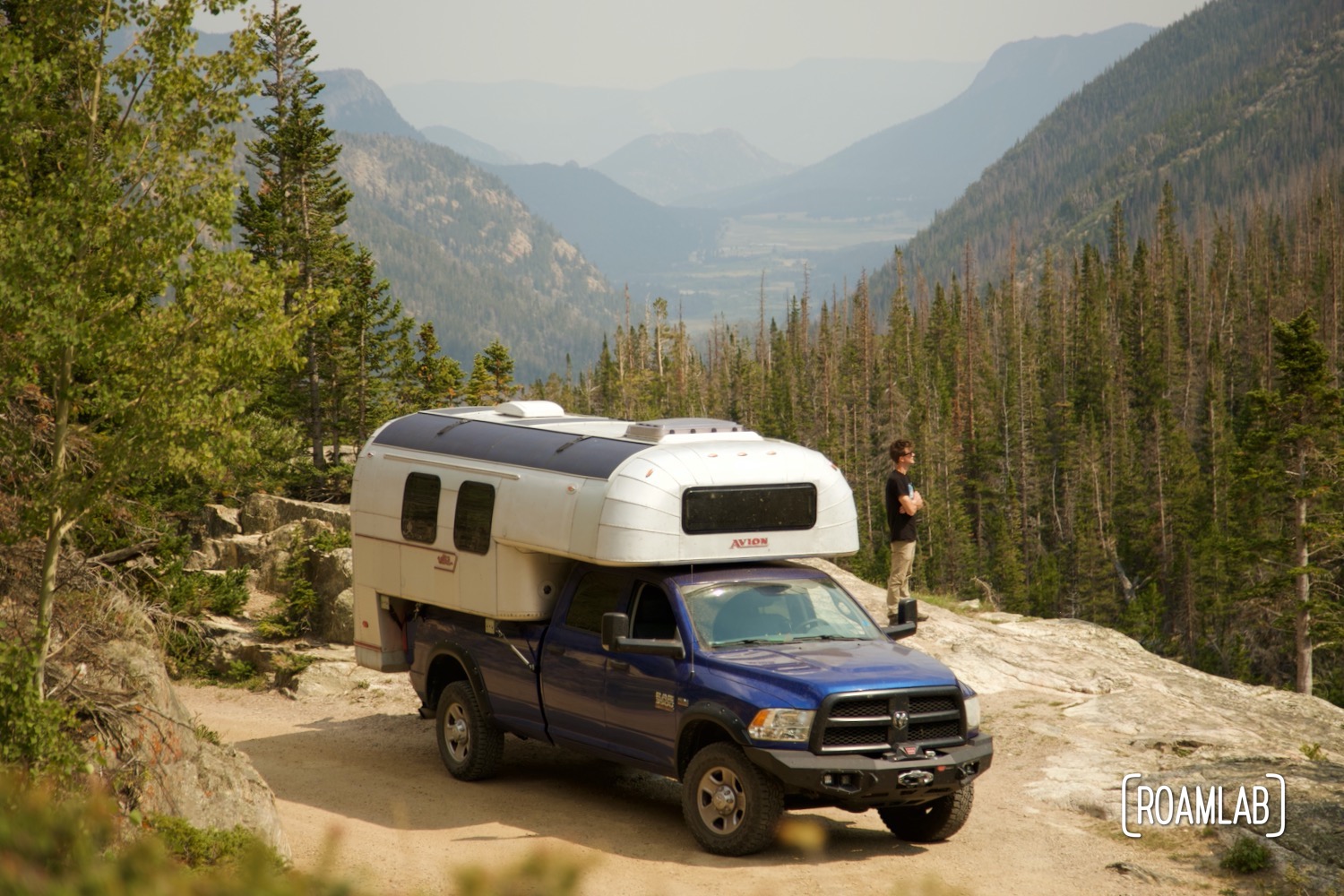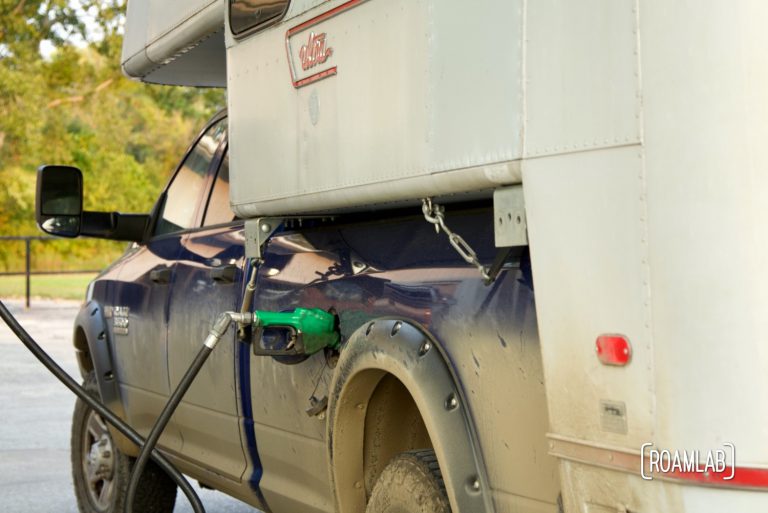Today I received a comment asking why Avions are dull. “I would think a polish and good wax would be a good idea. Any thoughts?” And I have more than thoughts, I have an explanation. And given this isn’t the first time I’ve fielded a similar question, I figure I might as well share my feedback outside of the comments.
The reason Avion campers are not shiny like Airstreams has nothing to do with a lack of care. Instead, it is because they are made that way. Avion exteriors are constructed of anodized aluminum. Anodization is an electrochemical process where aluminum is treated in an acid bath in which electrical current triggers an anodic layer to grow on the surface of the aluminum.
The anodization process makes the aluminum much more strong and scratch-resistant while imparting a satin effect to the surface. You may have noticed this look on a lot of Apple watches and iPhones. It’s a profoundly practical material to use on a camper that will inevitably have close brushes with tree limbs and other pointy objects. And because this is a chemical process it will not chip, flake, or peel like paint or some other applied substance. It may not be shiny, but it also doesn’t require the maintenance that a high-gloss aluminum camper does.
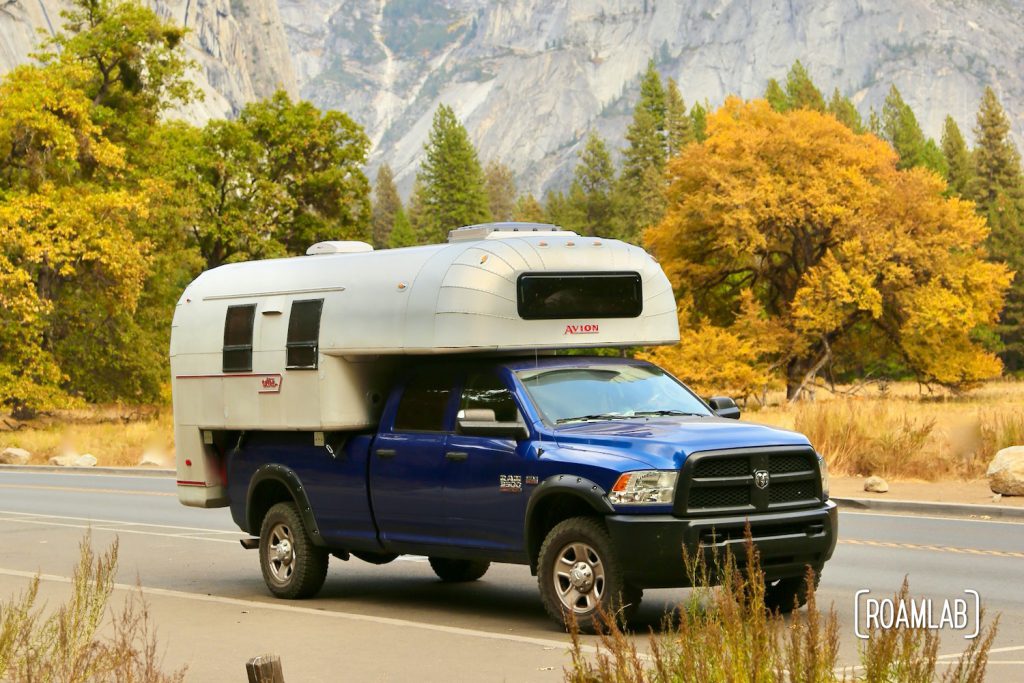
Why aren’t all aluminum campers anodized?
Now, a very reasonable follow-up question might be: if anodization is so great, why aren’t all aluminum campers anodized? And there’s another reasonable explanation: it’s expensive. The anodization process is costly and so a camper made out of non-anodized aluminum is less expensive to produce than anodized aluminum. At the time these campers were designed, Avion took great pride in the quality materials they used in building these rigs. You can see it in their promotional pamphlets that highlighted Avion’s use of high-end materials such as spray foam insulation and anodized aluminum.

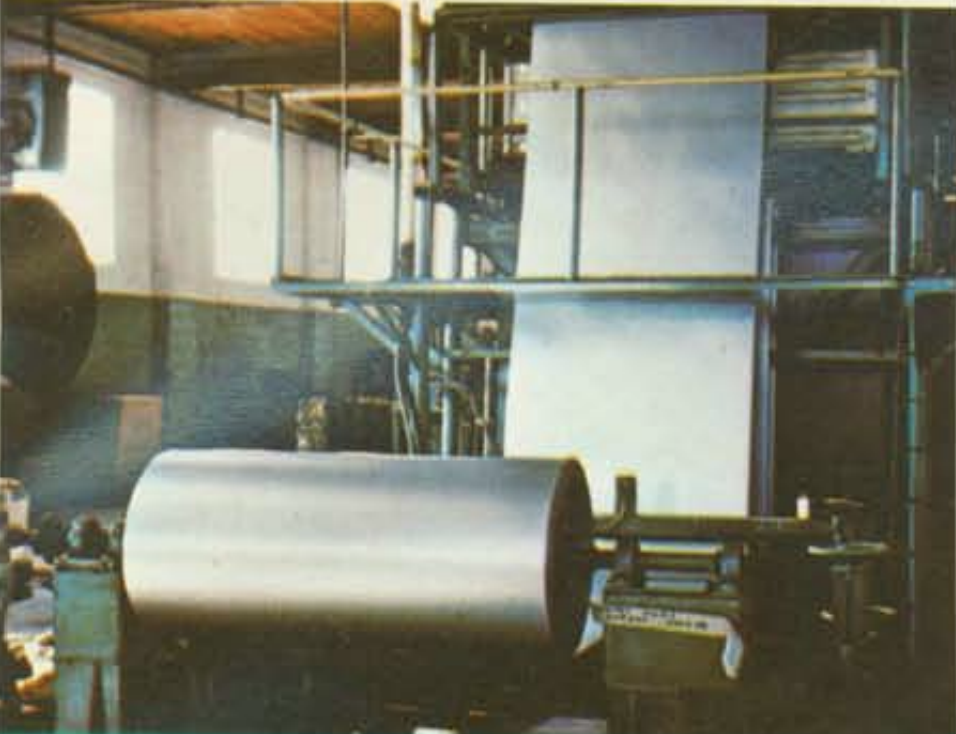
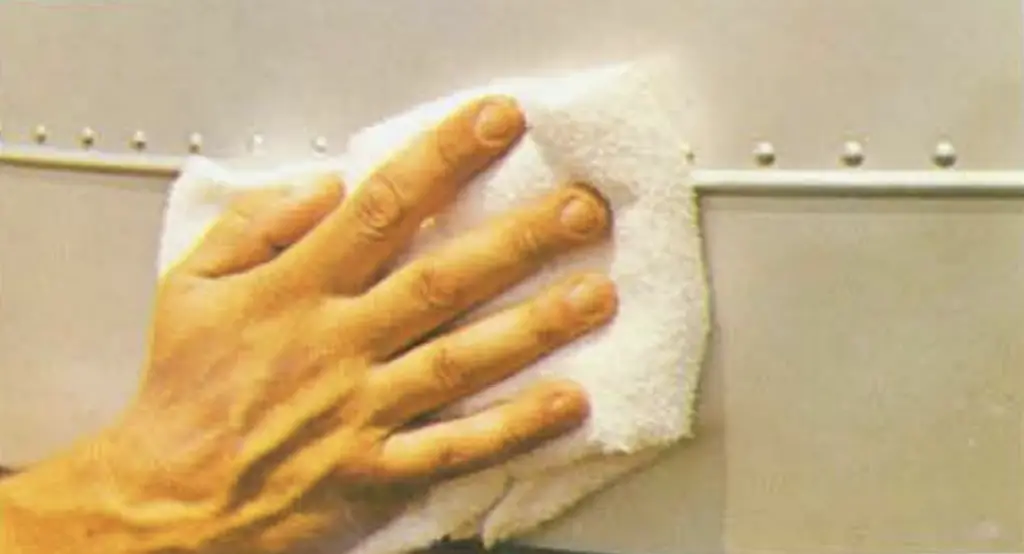
Not All Avions
With all this said some people do have glossy Avions. It is a grueling process because it requires removing the anodized surface (so they will no longer be scratch-resistant and low maintenance). It’s doable but pretty much irreversible. Once the anodization is removed, you can’t just spray it back on. You would have to replace the altered aluminum with new anodized sheets.
So we are happy with our durable design just the way it is. As we’ve been renovating our 1970 Avion C11, we took quite a bit of time to match our new aluminum for patches and replacements with the original material. Overall, we think it looks great!
